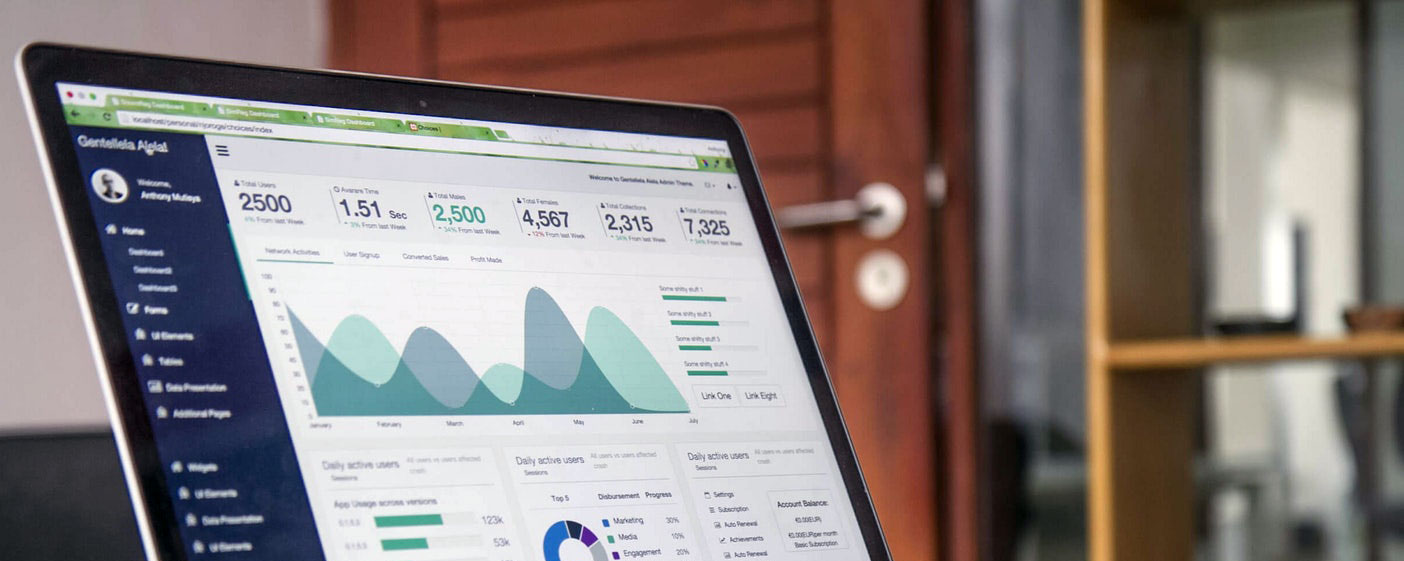Positive Dog Training & Behaviour Blog | Walkabout Canine Consulting
Unleashing your dogs potential, one concept at a time
Take the Collar - Dog Training Tip

Take the Collar, Give a Treat: The Small Habit That Builds Big Trust
What if I told you one of the most powerful things you can teach your dog takes just seconds a day?
It’s not flashy. It doesn’t require a leash, a cue, or a complicated setup. But it could be the difference between a dog who resists being handled and one who eagerly engages with you in tricky moments.
This is the Take the Collar, Give a Treat exercise — and I teach it to nearly every dog guardian I work with.
Why This Simple Habit Matters
Many dogs develop negative associations with people reaching for their collars. Think about when it often happens:
-
You’re removing them from play.
-
You’re taking away something they found.
-
You’re ending the fun by clipping on the leash or bringing them inside.
Over time, dogs can become avoidant, stiffen when touched, or even respond with defensive behaviours. And we’re often not even aware we’ve taught them that reaching for their collar means “uh oh.”
That’s where Take the Collar, Give a Treat flips the script.
Instead of collar touches being associated with disappointment or restraint, we teach dogs that this moment is actually a predictor of good things.
How To Teach It
You can start this today — and it only takes a few seconds at a time.
Step-by-step:
-
Choose calm moments. Your dog can be resting on their mat, hanging out near you, or standing relaxed in the room.
-
Gently take hold of the collar for one second with a relaxed hand.
-
Immediately follow with a treat — calmly delivered.
-
Repeat 3–5 times per day over the next 3 weeks, in different locations around the home.
There’s no need for a cue or verbal instruction. This is not about obedience — it’s about building comfort and trust with handling.
When to Use This Skill
This foundation becomes critical in real-world situations like:
-
Removing something dangerous from your dog’s mouth.
-
Helping them out of a tricky space.
-
Handling them at the vet or groomer.
-
Keeping them safe in crowded or unpredictable environments.
And if you’re raising a puppy, this is gold. Prevention here can mean a lifetime of cooperative behaviour.
For Dogs with a History of Guarding or Handling Sensitivities
This exercise is especially useful for dogs who have shown signs of:
-
Resource guarding (especially around items they pick up).
-
Sensitivity to touch around the collar, neck, or head.
-
Avoidance when they see you approaching after a fun activity.
By carefully rebuilding positive associations, you’re not just preventing problems — you’re changing your dog’s emotional response.
The key? Keep it casual. Low pressure. Let your dog learn the pattern in moments that feel easy.
What to Watch For
✅ Your dog begins to stay still or even lean in when you touch their collar.
✅ They look to you for a treat after you reach.
✅ They begin to invite the interaction.
And if your dog shows signs of worry or moves away, that’s okay. Just slow it down. Use a looser approach or simply touch the neck area without grabbing. We’re playing the long game here.
Final Thoughts: Little Actions Create Lasting Change
Dogs don’t learn through force — they learn through repetition, clarity, and positive outcomes.
Take the Collar, Give a Treat is a small moment with big impact. It sets the stage for easier training, smoother handling, and — most importantly — a relationship built on mutual trust and understanding.
So the next time your hand reaches for that collar, ask yourself: What story am I telling my dog?
Let it be a good one.
Take the Collar, Give a Treat
One of the easiest and most powerful exercises you can do with your puppy or dog — and hardly anyone practices it enough!
💡 Every time you reach for your dog's collar, you're creating a picture. Let’s make sure it’s a good one.
✅ Gently take the collar.
✅ Immediately follow with a treat.
✅ Repeat casually throughout the day.
Why? Because grabbing the collar can easily become a predictor of something negative — end of play, loss of a toy, or being pulled away from something exciting. But when we flip the script and pair that moment with something positive, we create trust, predictability, and cooperation.
📆 Try it for 3 weeks.
🔁 3–5 times a day.
🌟 In calm, neutral moments.
And soon? That collar reach becomes a cue for connection — not conflict.
Categories: : adolescent training, Certified Dog Behaviour Consultant Dog Behaviour Consultant Dog Training and Behaviour Animal Behaviour Consulting Fear-Free Dog Training Positive Reinforcement Training Dog Trainer and Behaviourist Pet Behaviour Solutions Dog Aggression Management Anxiet, dog training
 Sylvia Koczerzuk Koczerzuk
Sylvia Koczerzuk Koczerzuk 
